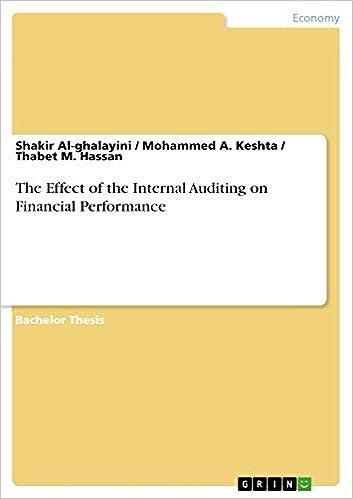Answered step by step
Verified Expert Solution
Question
1 Approved Answer
eBook Print tem Perpetual Inventory Using ulo The following units of a particular item were available for sale during the calendar year: Jan. 1 Inventory


Step by Step Solution
There are 3 Steps involved in it
Step: 1

Get Instant Access to Expert-Tailored Solutions
See step-by-step solutions with expert insights and AI powered tools for academic success
Step: 2

Step: 3

Ace Your Homework with AI
Get the answers you need in no time with our AI-driven, step-by-step assistance
Get Started


